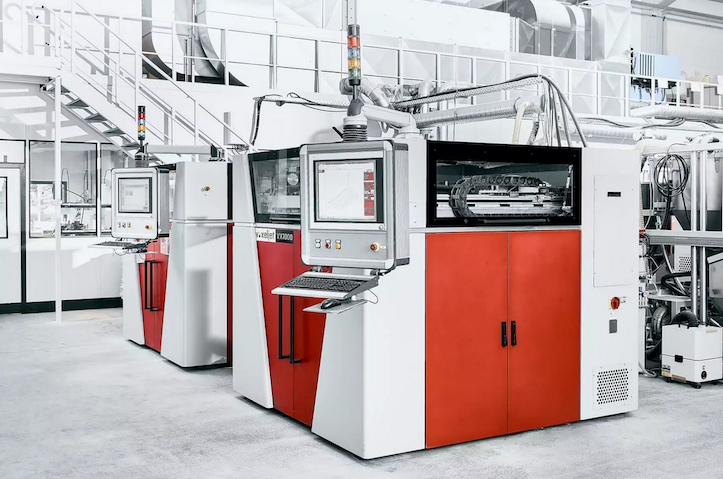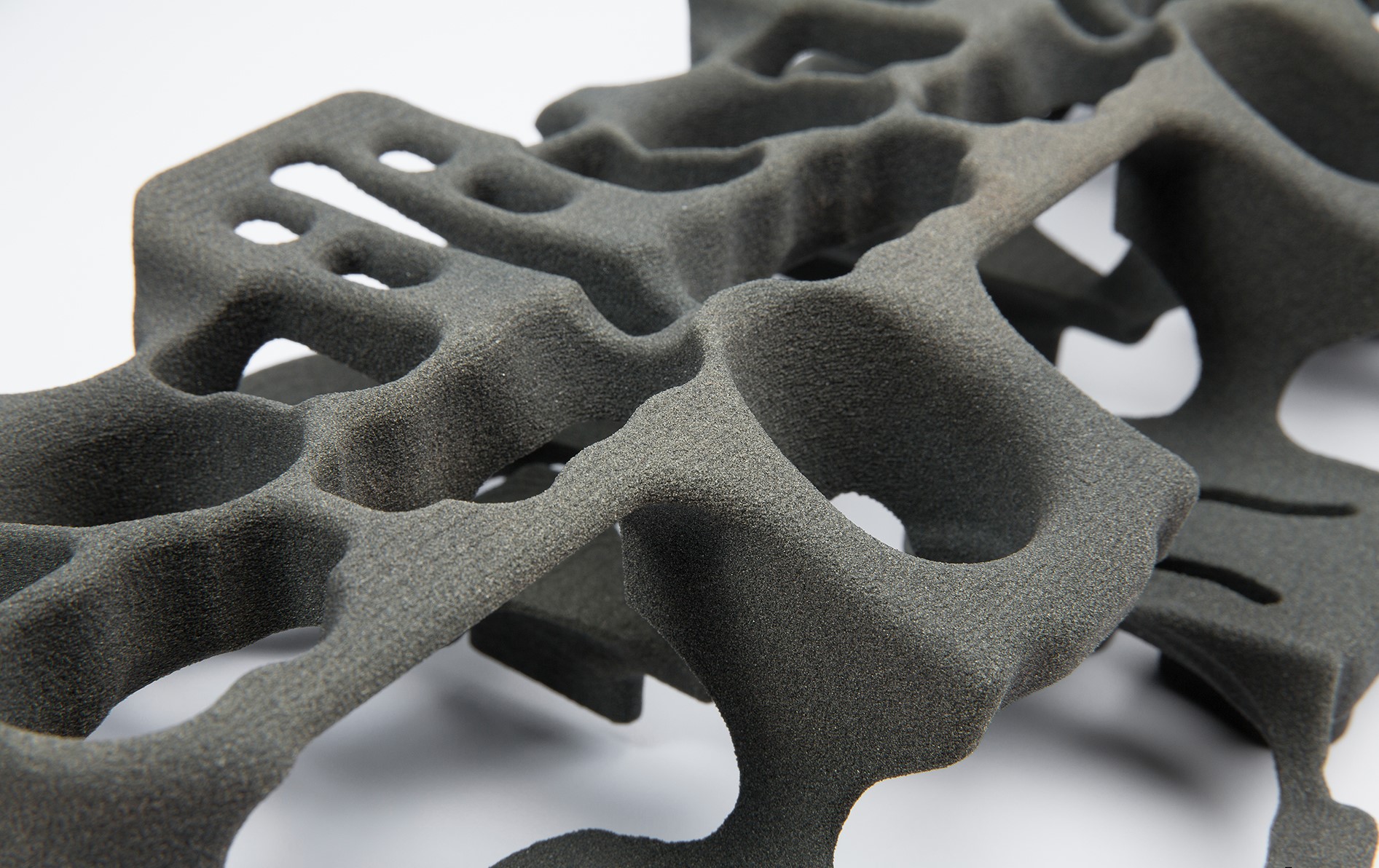EOS and Linde combined respective expertise to jointly undertake research of gas interaction on aluminium alloy
ADDvance O2 precision provided continuous and exacting analysis of the gas atmosphere for unequivocal results
Linde (NYSE: LIN; FWB: LIN) Linde, the world’s foremost industrial gases company, and EOS, a leading supplier of responsible manufacturing solutions via industrial 3D printing technology, combined forces to conduct an important study into the influence of oxygen in the print process chamber and its effect on the critical properties of aluminium alloy AlSi10Mg.
Results of the study, conducted in 2020, will be fundamental to advancing optimal, repeatable and reliable printing of an alloy widely used across multiple industries. Linde’s additive manufacturing oxygen monitoring technology – ADDvance® O2 precision – has been credited as being instrumental to achieving the unequivocal and highly accurate results not only by Linde’s additive manufacturing engineering team, but that of the EOS team.
“EOS is one of the world’s leading technology suppliers in the field of industrial 3D printing of metals and polymers, so to be selected to jointly work with them to progress the future of aluminium alloy printing is testament to our atmospheric gas and materials expertise”, said Pierre Forêt, Senior Expert Additive Manufacturing, Linde. “We are delighted that our ADDvance O2 precision monitoring technology has made such a big contribution to accurately measuring those all-important oxygen levels.”
EOS’ proprietary DMLS® building process usually takes place under an argon or nitrogen atmosphere, established by purging high purity gas into the build chamber which then replaces the relative ratio of ambient air until reaching an oxygen concentration below 1000 ppm.
Even after the most rigorous purging of the print chamber atmosphere, it is possible for minor impurities to still remain present. Extremely small variations in oxygen levels can impact the mechanical properties of alloys sensitive to oxygen - including process induced aging of the metal powder. As part of the Linde-EOS investigation into gas interaction with EOS Aluminium AlSi10Mg powder, ADDvance O2 precision was selected to provide continuous analysis of the gas atmosphere. Recognizing O2 concentrations as low as 10 ppm, ADDvance O2 precision initiates an automatic purging process to maintain optimal atmospheric conditions.
The study
21 build jobs were performed on the EOS M 290 system, with varying residual oxygen concentrations within the process gas atmosphere – ranging from 1000 ppm to 5000 ppm. Three oxygen sensors were placed at different locations within the chamber: one placed on top of the process chamber, one in the recirculation filter system, and the other in the ADDvance O2 precision system which was closest to the powder bed and which was calibrated to an oxygen level of 500 ppm to guarantee precise measurement.
The ADDvance O2 precision was initially set on analyzing mode which only tracked the oxygen level and later set on control mode by taking over the regulation of the oxygen level within the process gas.
To establish a benchmark, the first three building jobs were undertaken using EOS’s standard conditions (oxygen levels under 1000 ppm). With the help of the very precise sensor in the ADDvance O2 precision, more exacting measurements could be carried out, with deviations between that sensor and the EOS M 290’s sensors then mapped.
In addition to boosting the accuracy of oxygen level readings, when the ADDvance O2 precision was set to control mode to regulate the atmosphere, it delivered much greater consistency in the oxygen levels.
“For EOS, a consistent and reliable gas atmosphere, as well as accuracy of oxygen gas readings, is vital for us because it is vital for our customers”, said Dr. Astrid Rota, Head of Metal Process Technology, EOS. “Some industries require not only the most advanced printing systems generating best material quality, but also need to record highly detailed data which is where the ADDvance O2 precision really delivers.”
On completion of the study the following findings were confirmed:
· The EOS M 290 with the EOS Aluminium AlSi10Mg powder and process parameters enable a high-quality, reproducible final part
· An oxygen content below 1000 ppm needs to be maintained during processing to prevent increasing the number and size of pores and ensure high part density and required mechanical properties
· Powder aging is reduced by keeping the O2 level below 1000 ppm which enables more frequent reuse of the powder
· The position of the oxygen sensor influences the measurement, with a sensor placed near to the powder bed giving optimal measurement

 Deutsch (Germany)
Deutsch (Germany)  Polski (PL)
Polski (PL) 











